Shortly after she moved to Los Angeles three years ago, Tamar Schneider Levin, 78, found herself in a lecture at UCLA about Yiddish writers in Venice, Calif., in the early 20th century.
“I thought, ‘There were Yiddish writers in Los Angeles?’ ” the native New Yorker said. “ ‘I’ve never heard of them.’ ”
Schneider Levin had grown up in a house with a large Yiddish library and spoken the language exclusively until kindergarten. So when the speaker that night three years ago, a UCLA researcher named Caroline Luce, mentioned that a small trove of Yiddish poems and stories written in Southern California was sitting in the university’s bowels just waiting to be translated, Levin offered to help.
[READ: YIDDISH POEMS FROM THE UCLA ANTHOLOGY]
Under the auspices of the UCLA Alan D. Leve Center for Jewish Studies, researchers have compiled a digital anthology titled “Recovering Yiddish Culture in Los Angeles.” It covers the works of a circle of Yiddish writers who were active from the early century into the late 1960s. The online exhibit spotlights a language community that was born in downtown L.A., celebrated its high point in Boyle Heights and has since spent its twilight years on the Westside.
The online repository went live May 12, and can be accessed in its entirety at bit.ly/UCLA-Yiddish.
It features seven Yiddish writers who yoked the Ashkenazi Jewish tongue to the scenery and cultural motifs of the American West; the hope is to add more in the future.
These European-born essayists and poets who settled in Southern California — leaving New York for the relatively barren literary landscape west of the Hudson River — applied the Yiddish imagination for the first time to concepts such as orange groves and the Pacific Ocean. They wrote for and about a Jewish population in L.A. that tripled in the 1920s, according to Luce, who led the effort.
The project of Yiddishizing the West was a novel one necessitating a degree of creativity. Henry Rosenblatt (born Khayim Royzenblit in Ukraine), whom the anthology bills as the most prominent Yiddish writer in Los Angeles, christened the alien-looking Joshua trees of the Mojave Desert as “Yehoshua-trees.”
Meanwhile, there were Spanish words to be sounded out in Hebrew script: For some time, Yiddish writers stumbled over the “g” in Los Angeles before finding an acceptable spelling, Luce said.
Soon, though, something like a coherent style emerged. Speaking at a launch event for the anthology May 17 in UCLA’s Royce Hall, Luce used Shia Miller as an example.
A tubercular writer whose black wit often focused on his illness, Miller contrasted descriptions of the fertile and welcoming landscape with the pall of death that hung over the city: In the early 20th century, Southern California’s favorable climate made it a sanatorium for the nation’s ill. Miller and his contemporaries helped write a “counter-fable of the city and expose darker noir realities,” anticipating later, better-known chroniclers, such as Charles Bukowski and even Joan Didion, according to Luce.
The anthology includes stories from Miller’s collection “Bleter Faln,” or “Fallen Leaves,” translated for the first time by Levin. The title, Luce speculated at the event, may have been a response to the more hopeful take on the American West in poet Walt Whitman’s volume “Leaves of Grass.”
Blonde and blue eyed, with a boisterous manner and quick laugh, Luce is not Jewish but learned to speak the Ashkenazic tongue in the course of her graduate research with UCLA’s history department. She admits that as a non-Jewish Yiddish speaker, she is a member of a club whose members are “few and far between.”
Speaking at the launch event, where kosher refreshments were served to a small crowd of academics, students and elderly Yiddish speakers, she said the project’s origins go back to when she began researching her dissertation on a Jewish bakers union in Boyle Heights and she came across a number of Yiddish sources that had not been translated.
“I kept coming across these beautiful texts and wanting to explore them more,” she said.
After Luce was hired by Mapping Jewish L.A., an undertaking of the UCLA’s Leve Center for Jewish Studies that aims to create resources for scholarship on local Jewish history, she felt a crowdsourced translation effort would fit the project’s aims. She translated a number of the works and doled out the remainder to volunteers.
Not all the works dredged up came from previously obscure writers like Miller.
Hershl Hartman, one of Luce’s lay translators, grew up reading children’s stories about a crime-fighting communist dog named Labzik by the Yiddish humorist Gershon Einbinder, better known as Chaver Paver. In 1947, when Hartman joined the staff of Morgen Frahayt, or Morning Freedom, one of New York’s daily Yiddish newspapers, he encountered Paver as a colleague. More than half a century later, Hartman edited Luce’s translation of a series of Paver stories, “Zalmen the Cobbler,” on Yiddish life in Los Angeles in the 1930s.
By the time Hartman arrived in Los Angeles in 1964, the days Paver described when Yiddish was spoken freely in the streets of Boyle Heights had passed, even though four Yiddish-speaking organizations — the socialist-Zionist Farband, the Sholem Aleichem Folk Institute, the Workmen’s Circle and the Jewish faction of the International Workers Order — still constituted a vibrant hub for the secular Jewish community. Since then, of the writers and intellectuals who animated the local Yiddish scene, “All have been virtually eliminated from the consciousness of Los Angeles,” he said.
The UCLA project was, in part, a response to the sense that any Yiddish literature written west of the Hudson tends to languish in obscurity relative to New York’s Yiddish output — as much a factor of historical circumstance as East Coast bias.
“By the time you see large numbers of Ashkenazic Jews settling here, it’s already at a point when Yiddish is sort of on the decline,” said Rob Adler Peckerar, the executive director of Yiddishkayt, an L.A.-based organization dedicated to promoting Yiddish culture.
The Jewish population boom produced a pair of literary journals — Pasifik (Pacific) in 1929 and Mayrev (West) in 1925 — but neither managed to make it out of their first year of production.
“Recovering Yiddish Culture in Los Angeles” can be viewed as an appreciation — and exploration — of the Ashkenazi literary style. For the poems he translated, Hartman rigidly maintained the measure and rhyming scheme of the originals. Translating them any other way, he said, would be “as if Shakespeare’s sonnets were to be translated purely for their meaning.” (Peckerar dubbed Hartman “the king of Yiddish translation” for his ability to transpose iambic pentameter into English.)
But besides a literary product, it’s a time capsule of L.A.’s Yiddish heyday.
“To me, it’s part of the bigger story of Jewish life,” Schneider Levin said. “You know, we did use that language for 1,000 years.”
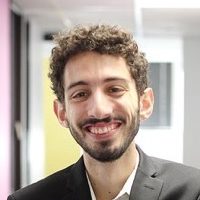









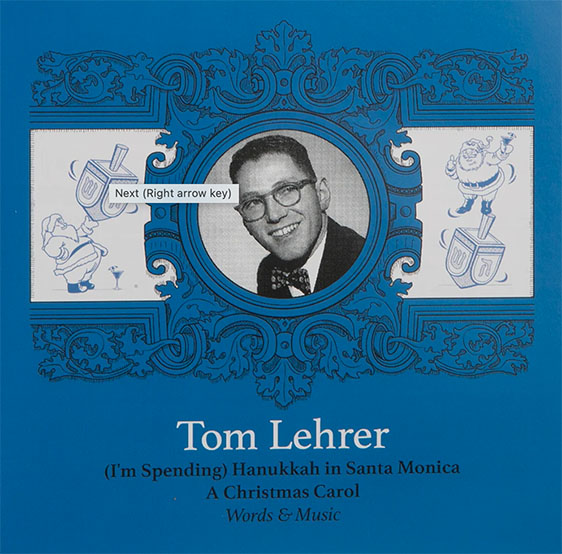
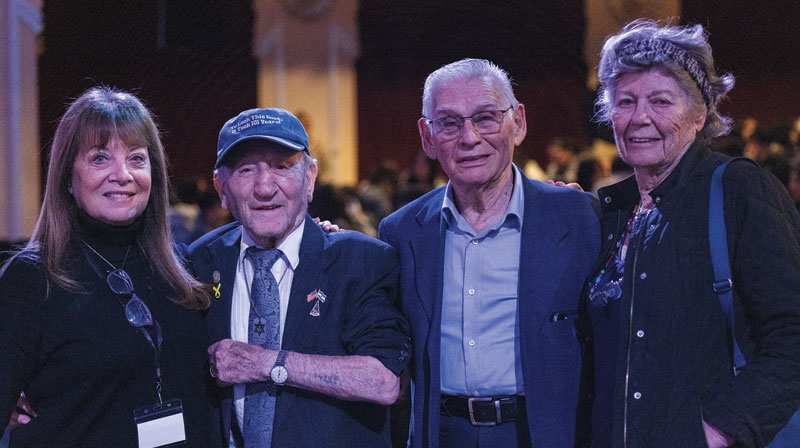

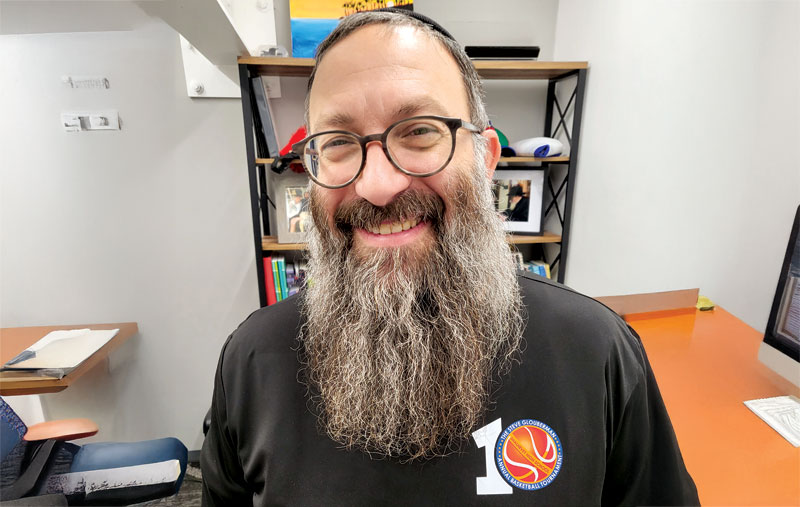

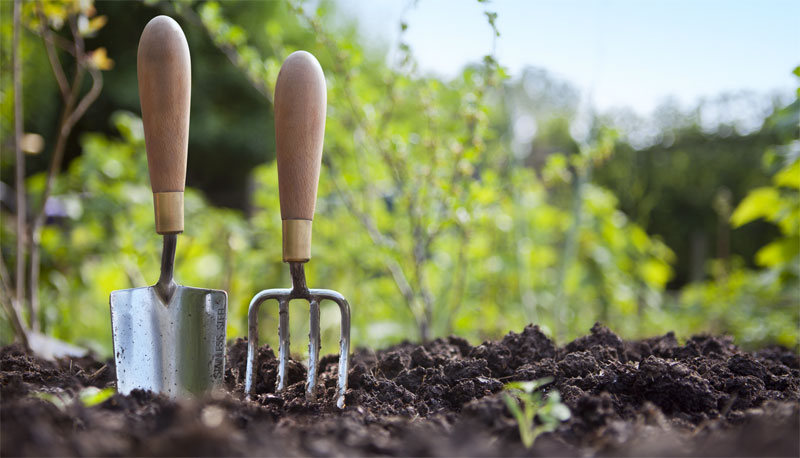
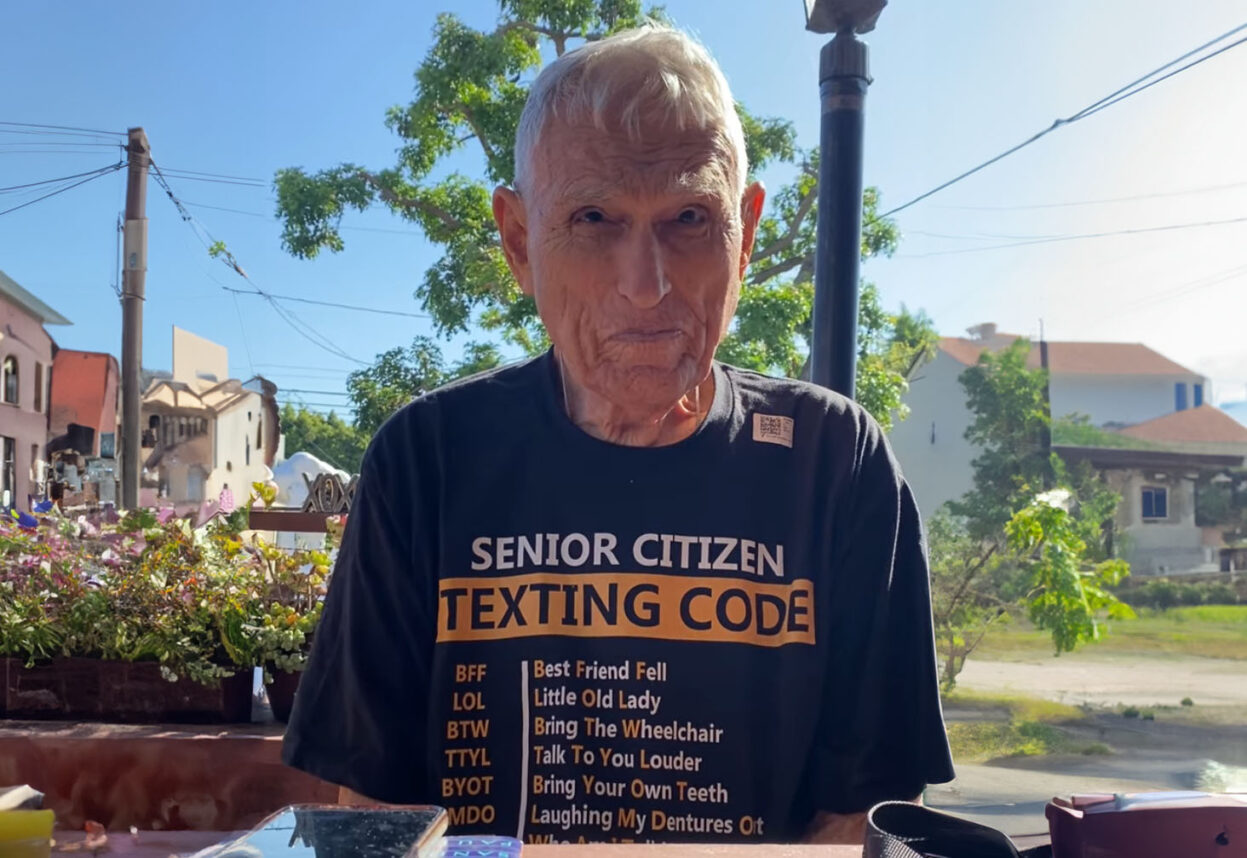
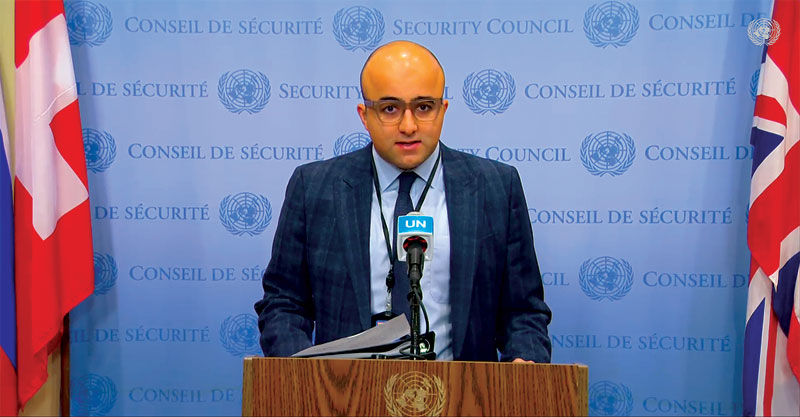




 More news and opinions than at a Shabbat dinner, right in your inbox.
More news and opinions than at a Shabbat dinner, right in your inbox.